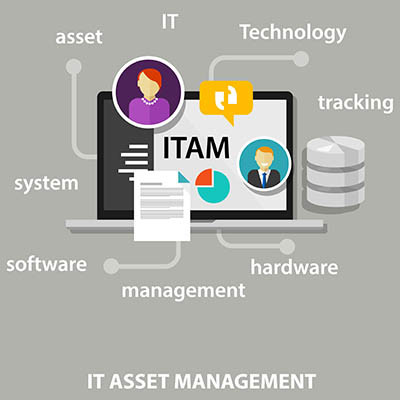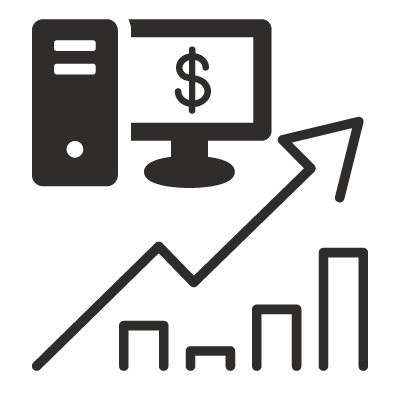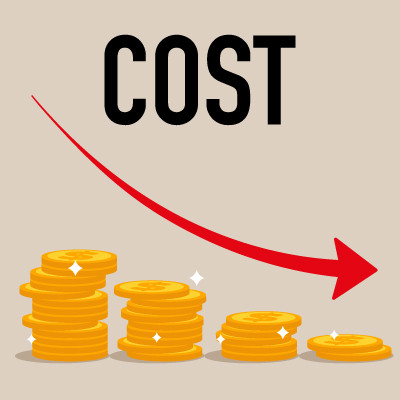You want to know what’s scary? Anytime your company’s IT fails and you’re left wondering if you can afford a new piece of hardware or the maintenance to fix what’s broken. When you rely on break-fix IT, you’re basically living in a horror film; you never know when the slasher is going to leap out of the shadows and strike. With managed IT, you can sidestep the scaries and know with confidence you’re taking care of your business’ future.
Here are three reasons why managed IT is the superior option for managing your technology solutions.























